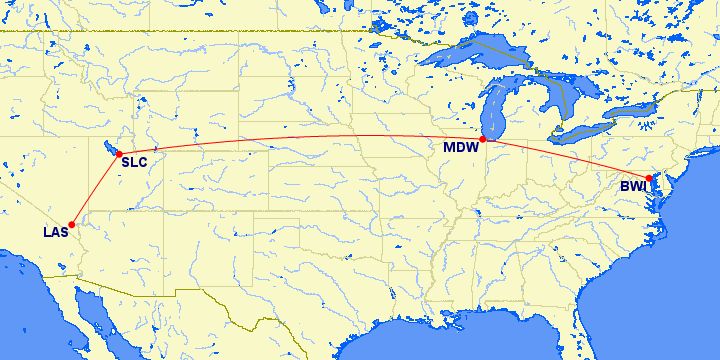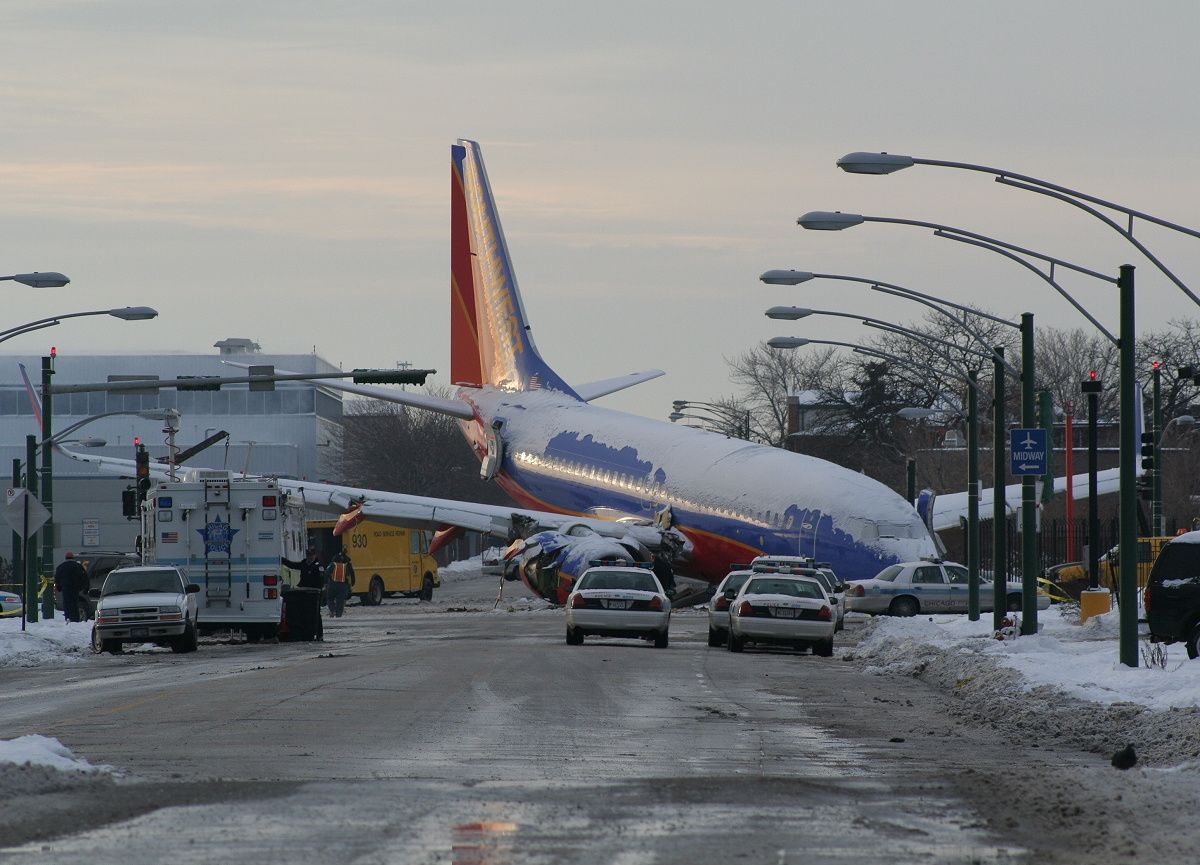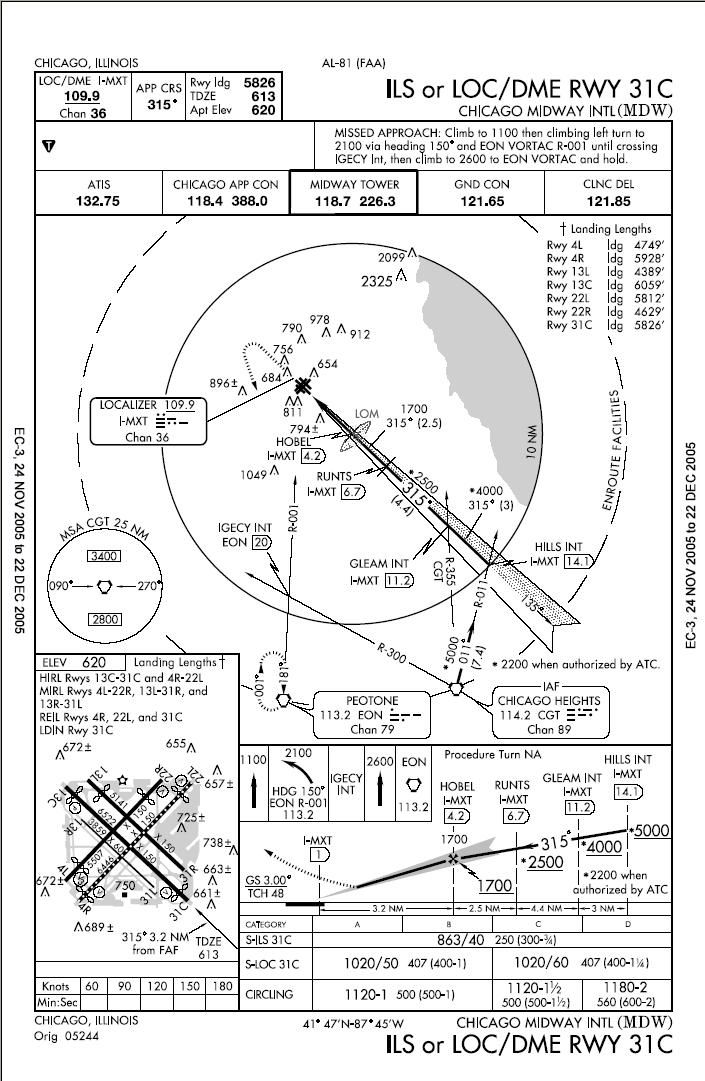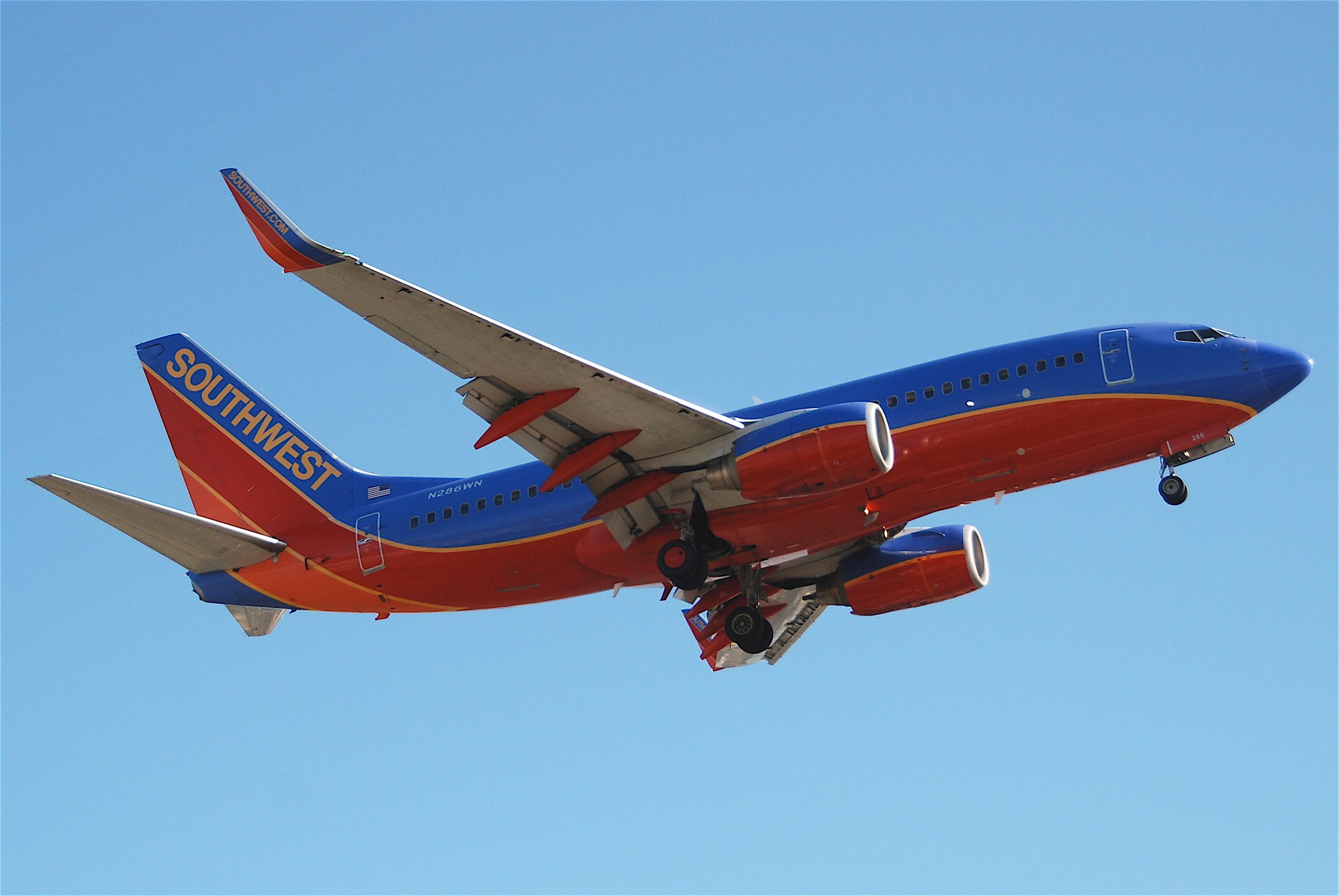Exactly 17 years ago today, on December 8, 2005, Southwest Airlines Flight 1248 slid off the runway at Chicago's Midway International Airport (MDW) while landing in a snowstorm. The plane skidded onto a road, crashing into traffic and killing a six-year-old boy in a car. None of the five crew or 98 passengers were injured. Southwest Airlines Flight 1248 was a regularly scheduled passenger flight from Baltimore/Washington International Airport (BWI) to Las Vegas McCarran Airport (LAS) with stops in Chicago and Salt Lake City.The aircraft involved in the incident was a one-year-old Boeing 737-700 with the registration N471WN piloted by 59-year-old Captain Bruce Sutherland. A former pilot in the United States Air Force, Sutherland joined Southwest Airlines in August 1995. At the time of the incident, Sutherland had 15,000 flight hours, 4,500 of which were on the Boeing 737.Assisting the captain was 34-year-old First Officer Steven Oliver, who joined Southwest in February 2003. Before joining Southwest, Oliver had been a captain with Minnesota regional carrier Mesaba Airlines. Oliver had 8,500 flight hours, 4,000 of which were on the Boeing 737. Before the incident, neither pilot had been involved in any accidents.
Southwest Airlines Flight 1248 was a regularly scheduled passenger flight from Baltimore/Washington International Airport (BWI) to Las Vegas McCarran Airport (LAS) with stops in Chicago and Salt Lake City.The aircraft involved in the incident was a one-year-old Boeing 737-700 with the registration N471WN piloted by 59-year-old Captain Bruce Sutherland. A former pilot in the United States Air Force, Sutherland joined Southwest Airlines in August 1995. At the time of the incident, Sutherland had 15,000 flight hours, 4,500 of which were on the Boeing 737.Assisting the captain was 34-year-old First Officer Steven Oliver, who joined Southwest in February 2003. Before joining Southwest, Oliver had been a captain with Minnesota regional carrier Mesaba Airlines. Oliver had 8,500 flight hours, 4,000 of which were on the Boeing 737. Before the incident, neither pilot had been involved in any accidents.
The departure from Baltimore was delayed due to weather
Southwest Flight 1248 was scheduled to depart Baltimore at 14:55 but was delayed until 16:50 due to weather. As they approached Chicago, it was snowing with a visibility of around one mile. Before landing, Captain Sutherland circled over northwest Indiana before being cleared to land on Midway's Runway 31C.
Captain Sutherland decided to use the aircraft's auto-braking system set to maximum. The system was a new feature on the Boeing 737-700 and something the pilots had received very little training on. When the plane touched down on the 6,500-foot runway, the captain still had 4,500 feet to stop the aircraft. After touching down, the First officer noticed that the reverse thrust had not been deployed and activated it.
The plane ran out of runway and onto a road
Both pilots realized that the plane was not stopping as it should have and manually applied the brakes. Unable to stop, the aircraft overran the runway, crashing through a perimeter fence and onto a roadway. The 737 struck some cars before resting on the corner of S Central Avenue and W 55th Street. As a result of the accident, a six-year-old boy in one of the cars died from his injuries.
The investigation into the overrun of Southwest Airlines Flight 1248
The National Transportation Safety Board (NTSB) conducting the investigation determined that it was caused by the pilot's failure to deploy the reverse thrust in time. The reverse thrust was not deployed earlier because the pilots were not familiar with the plane's auto brake system and were distracted. The NTSB noted that contributing to the overrun were the following:
- Southwest failed to provide its pilots with a clear and consistent guide regarding landing distances.
- Implementing auto brake procedures without any familiarization period for the pilots.
- A failure to include safety margins for operational uncertainties.
- A lack of a runway safety area beyond the departure end of the runway.
The NTSB also noted that the pilots could have waited longer to land or have diverted to Chicago O'Hare International (ORD), where there were substantially longer runways.
Get the latest aviation news straight to your inbox: Sign up for our newsletters today.




.jpg)